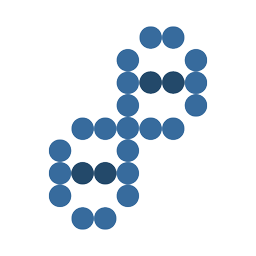According to one website "Caffeine is the only drug that is present naturally or added to widely consumed foods (quinine is the other drug used in foods). It is mildly addictive, one possible reason that makers of soft drinks add it to their products. Many coffee drinkers experience withdrawal symptoms, such as headaches, irritability, sleepiness, and lethargy, when they stop drinking coffee." (Center for Science in the Public Interest)
Caffeine Content Chart
November 2014. Most information was obtained from company Web sites or direct inquiries.
Serving sizes are based on commonly eaten portions, pharmaceutical instructions, or the amount of the leading-selling contaner size. For example, beverages sold in 16-ounce or 20-ounce bottles were counted as one serving.
Additional information: Juliano, L.M. & Griffiths, R.R. (2005). "Caffeine." In Lowinson, J.H., Ruiz, P., Millman, R.B., Langrod, J.G. (Eds.). Substance Abuse: A Comprehensive Textbook, Fourth Edition. (pp 403-421). Baltimore: Lippincott, Williams, & Wilkins.
Chemical Food Additives Information
In general, it's best to avoid the following ingredients.
- Aspartame, Acesulfame-K, Saccharin
- Food dyes
- Mycoprotein (Quorn-brand meat substitutes)
- Partially hydrogenated oils (trans fat)
And don't forget to cut back on sugar and salt, which cause more harm than all the other additives combined.
